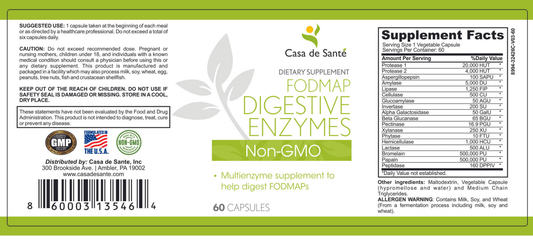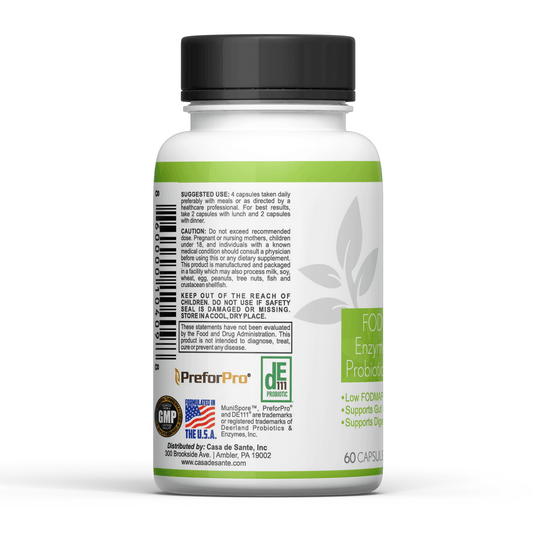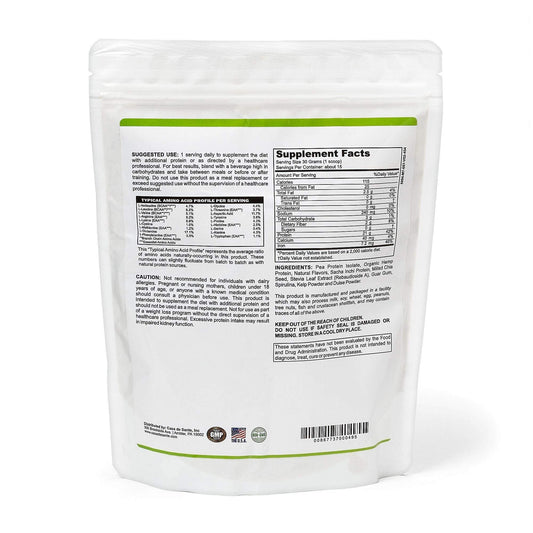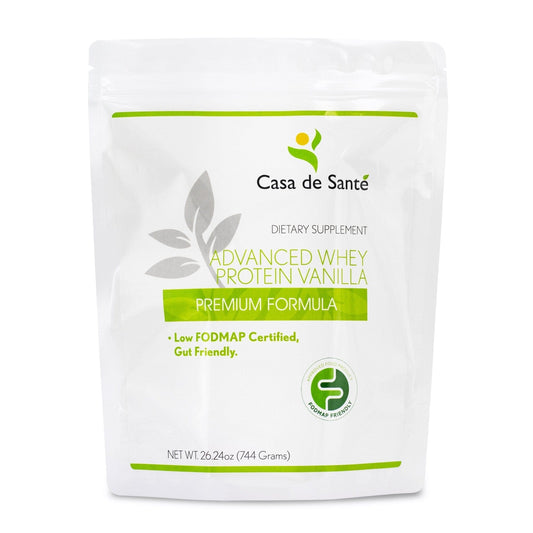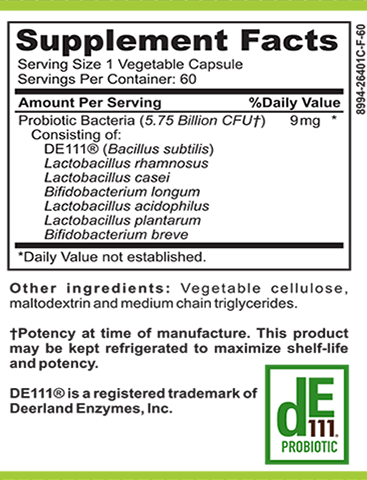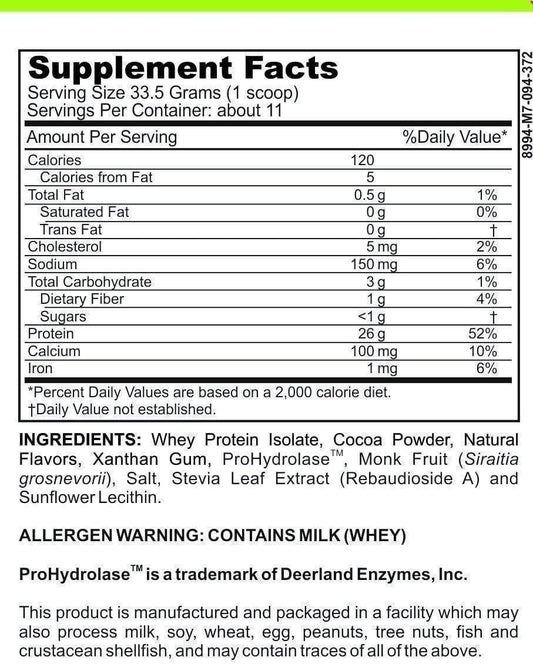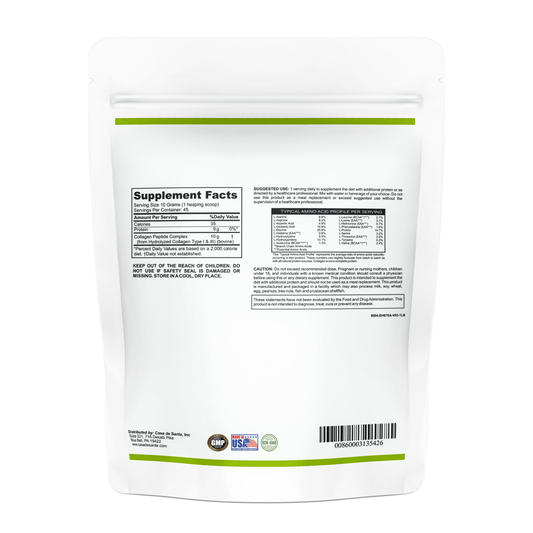Is Huckleberry Paleo
Huckleberries are a delicious and nutritious berry that has gained popularity in recent years. But for those who follow the Paleo diet, the question remains: Are huckleberries Paleo? In this article, we will delve into the world of huckleberries and explore their place in the Paleo diet.
Understanding the Paleo Diet
The Paleo diet, also known as the Paleolithic diet or caveman diet, is based on the principle of eating foods that our ancestors would have consumed during the Paleolithic era. This era, which lasted from about 2.6 million years ago to around 10,000 years ago, was a time when humans relied on hunting and gathering for their food.
The diet primarily consists of lean meats, fish, fruits, vegetables, nuts, and seeds, while avoiding processed foods, grains, legumes, and dairy products. By mimicking our ancestors' eating patterns, the Paleo diet aims to optimize health and prevent modern-day chronic diseases.
The Paleo diet is not just a passing fad; it is rooted in the understanding that our bodies have not fully adapted to the dietary changes that have occurred since the advent of agriculture. Proponents of the diet argue that our genes have not had enough time to evolve to properly process the processed foods and grains that have become staples in our modern diets.
One of the key principles of the Paleo diet is to eat real, whole foods. This means emphasizing fresh, unprocessed foods and avoiding artificial additives and preservatives. By doing so, followers of the diet believe they are providing their bodies with the nutrients they need to thrive.
Another principle of the Paleo diet is to focus on lean proteins. This means consuming lean meats, poultry, and fish as sources of high-quality protein. These protein sources are not only important for muscle growth and repair but also provide essential amino acids that our bodies need to function properly.
In addition to lean proteins, the Paleo diet encourages individuals to load up on fruits and vegetables. These colorful plant foods are rich in vitamins, minerals, and antioxidants, which are important for overall health and wellbeing. By incorporating a variety of fruits and vegetables into their diet, followers of the Paleo diet can ensure they are getting a wide range of nutrients.
Healthy fats are also a key component of the Paleo diet. Sources of healthy fats, such as nuts, seeds, avocados, and coconut oil, are encouraged to support brain function and reduce inflammation. These fats are believed to be beneficial for heart health and can help individuals feel satisfied and satiated after meals.
On the flip side, the Paleo diet advises individuals to avoid grains and legumes. Grains, including wheat, rice, and corn, as well as legumes like beans and lentils, are excluded from the diet due to their potential to cause digestive issues. Some proponents of the Paleo diet argue that these foods contain anti-nutrients, such as phytates and lectins, which can interfere with nutrient absorption and lead to inflammation.
Common Foods in the Paleo Diet
Some common foods in the Paleo diet include:
- Grass-fed beef: This type of beef comes from cattle that have been raised on a natural diet of grass, rather than grain. Grass-fed beef is believed to be higher in beneficial nutrients, such as omega-3 fatty acids and conjugated linoleic acid (CLA).
- Free-range poultry: Poultry that is labeled as "free-range" means that the birds have had access to the outdoors and have been able to engage in natural behaviors, such as foraging for food. Free-range poultry is often considered to be more humane and may have a different nutrient profile compared to conventionally raised poultry.
- Wild-caught fish: Fish that is labeled as "wild-caught" means that it has been caught in its natural habitat, rather than being raised in a fish farm. Wild-caught fish is often considered to be more sustainable and may have higher levels of beneficial omega-3 fatty acids.
- Leafy greens: Leafy greens, such as spinach, kale, and Swiss chard, are packed with vitamins, minerals, and fiber. These nutrient-dense vegetables are a great addition to any diet, including the Paleo diet.
- Berries: Berries, such as strawberries, blueberries, and raspberries, are not only delicious but also rich in antioxidants. These colorful fruits can be enjoyed as a snack or added to smoothies and salads.
- Nuts and seeds: Nuts and seeds, such as almonds, walnuts, chia seeds, and flaxseeds, are a great source of healthy fats, protein, and fiber. They can be enjoyed as a snack or used as a topping for salads and yogurt.
- Coconut products: Coconut products, such as coconut oil, coconut milk, and coconut flour, are popular in the Paleo diet due to their versatility and health benefits. Coconut oil, in particular, is rich in medium-chain triglycerides (MCTs), which are easily digested and can provide a quick source of energy.
- Healthy oils: In addition to coconut oil, other healthy oils, such as olive oil, avocado oil, and macadamia nut oil, are commonly used in the Paleo diet. These oils are rich in monounsaturated fats, which are believed to have numerous health benefits, including reducing inflammation and improving heart health.
The Nutritional Profile of Huckleberries
Huckleberries, similar to other berries, are packed with essential vitamins, minerals, and antioxidants. Let's take a closer look at their nutritional profile.
Huckleberries, scientifically known as Vaccinium membranaceum, are small, round berries that grow on shrubs in the wild. They are native to North America and have been enjoyed by Indigenous communities for centuries. These berries are not only delicious but also offer a wide range of health benefits.
Vitamins and Minerals in Huckleberries
Huckleberries provide a rich source of various vitamins and minerals, including:
- Vitamin C: Huckleberries contain significant amounts of vitamin C, which plays a vital role in immune function and collagen synthesis. Vitamin C is also a powerful antioxidant that helps protect cells from damage caused by free radicals.
- Vitamin K: Huckleberries are a good source of vitamin K, which supports blood clotting and bone health. Adequate vitamin K intake is essential for maintaining strong bones and reducing the risk of fractures.
- Potassium: Huckleberries offer a decent amount of potassium, an essential mineral for maintaining healthy blood pressure and heart function. Potassium helps regulate fluid balance, nerve signals, and muscle contractions.
In addition to these vitamins and minerals, huckleberries also contain trace amounts of other nutrients such as calcium, magnesium, and manganese. These micronutrients play important roles in various bodily functions, including energy production, enzyme activity, and bone health.
Antioxidants and Fiber Content
Huckleberries are also abundant in antioxidants, which help combat oxidative stress and reduce the risk of chronic diseases. The antioxidants found in huckleberries include anthocyanins, which give the berries their deep purple color. These compounds have been linked to numerous health benefits, including improved brain function, reduced inflammation, and enhanced heart health.
Furthermore, huckleberries are a good source of dietary fiber. Fiber is essential for maintaining a healthy digestive system and promoting regular bowel movements. It also helps regulate blood sugar levels, lower cholesterol levels, and prevent constipation. Including huckleberries in your diet can contribute to your daily fiber intake and support overall gut health.
When it comes to enjoying huckleberries, there are various ways to incorporate them into your meals. You can add them to your morning oatmeal, blend them into smoothies, or use them as a topping for yogurt or pancakes. These versatile berries not only add a burst of flavor but also provide a nutritional boost to your meals.
In conclusion, huckleberries are not only a delicious treat but also a nutritional powerhouse. They are packed with vitamins, minerals, antioxidants, and fiber, making them a valuable addition to a healthy diet. So, next time you come across these wild berries, be sure to savor their unique taste and reap the many health benefits they offer.
Huckleberries in the Context of the Paleo Diet
Now, let's assess whether huckleberries align with the principles of the Paleo diet.
The Paleo diet, also known as the caveman diet, is based on the idea of eating foods that our ancestors would have consumed during the Paleolithic era. It emphasizes whole, unprocessed foods that are rich in nutrients and avoids grains, legumes, and processed sugars.
Evaluating Huckleberries Against Paleo Guidelines
Huckleberries can indeed be considered Paleo-friendly due to their natural origin and nutrient-dense qualities. They are unprocessed fruits that our ancestors would have foraged and consumed.
These small, round berries are native to North America and have been a part of the indigenous people's diet for centuries. They grow wild in mountainous regions and are often handpicked by foragers who appreciate their unique flavor and health benefits.
When it comes to the Paleo diet, huckleberries are a great choice because they are free from additives, preservatives, and artificial sweeteners. They provide a burst of natural sweetness and are packed with essential vitamins and minerals.
However, it's essential to consume huckleberries in moderation as part of a balanced Paleo diet. While they offer numerous health benefits, they still contain natural sugars and carbohydrates.
Potential Benefits and Drawbacks
Huckleberries can be a valuable addition to a Paleo diet for several reasons:
- Antioxidant power: Huckleberries are loaded with antioxidants, protecting the body from oxidative damage and supporting overall health. These antioxidants, such as anthocyanins, have been linked to a reduced risk of chronic diseases, including heart disease and certain types of cancer.
- Fiber boost: The fiber content in huckleberries aids digestion, promotes satiety, and helps maintain stable blood sugar levels. A diet rich in fiber has been associated with a lower risk of obesity, type 2 diabetes, and cardiovascular disease.
- Vitamin C source: Huckleberries are an excellent source of vitamin C, which plays a crucial role in immune function, collagen production, and wound healing. Including huckleberries in your Paleo diet can help boost your immune system and support overall health.
However, it's worth noting that huckleberries, like any food, may not be suitable for everyone. Some individuals may have allergies or sensitivities to berries. It is always important to listen to your body and consult with a healthcare professional if you have any concerns.
Additionally, huckleberries have a natural tartness that may not appeal to everyone's taste buds. However, this tartness can be balanced with a touch of natural sweetness or incorporated into various recipes, such as smoothies, salads, or Paleo-friendly desserts.
In conclusion, huckleberries can be a nutritious and delicious addition to a Paleo diet. They are a natural, unprocessed food that provides antioxidants, fiber, and essential vitamins. As with any food, it's important to consume them in moderation and listen to your body's unique needs and preferences.
Incorporating Huckleberries into a Paleo Diet
If huckleberries fit into your Paleo lifestyle, here are some simple and delicious ways to enjoy them:
Simple Paleo-friendly Huckleberry Recipes
1. Huckleberry Smoothie
In a blender, combine huckleberries, coconut milk, a handful of spinach, and a scoop of Paleo-friendly protein powder. Blend until smooth and enjoy as a refreshing breakfast or snack.
2. Huckleberry Salad
Toss huckleberries with mixed greens, sliced almonds, grilled chicken, and a drizzle of olive oil and balsamic vinegar for a nutritious and flavorful salad.
Tips for Buying and Storing Huckleberries
When purchasing huckleberries, look for fresh, plump berries with a deep purple or blue-black color. Avoid shriveled or moldy berries. Store them in the refrigerator, preferably unwashed, in a container lined with paper towels to absorb moisture. Huckleberries can be frozen for longer-term storage.
Conclusion: Are Huckleberries Paleo?
Yes, huckleberries can be considered Paleo-friendly. They offer a range of beneficial nutrients and align well with the principles of the Paleo diet. However, it's essential to remember that the Paleo diet is not about strict rules but rather a flexible framework for making nutritious food choices. As with any food, moderation and personal tolerance should always be considered. So go ahead and enjoy some huckleberries as part of your balanced Paleo diet!




